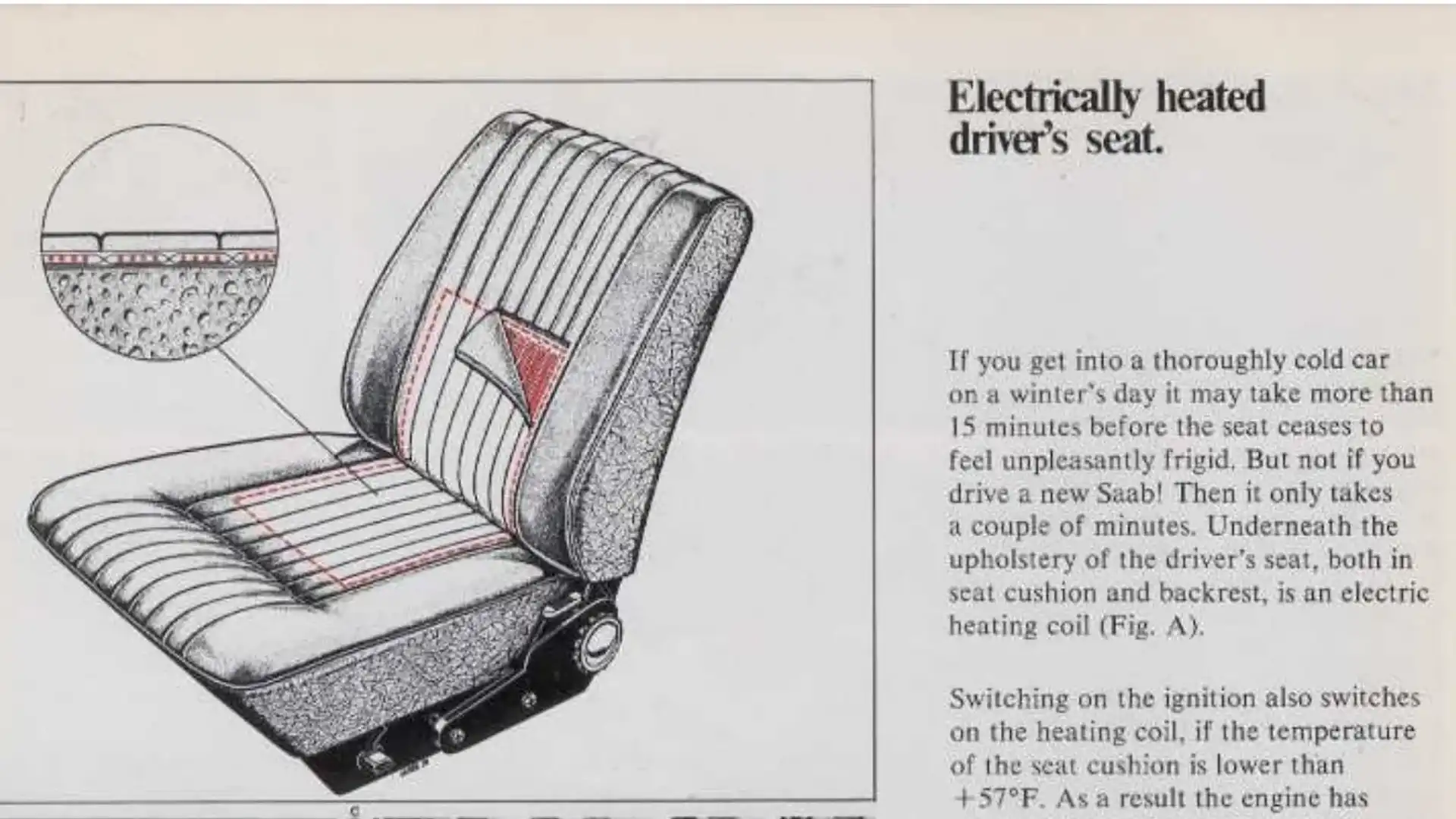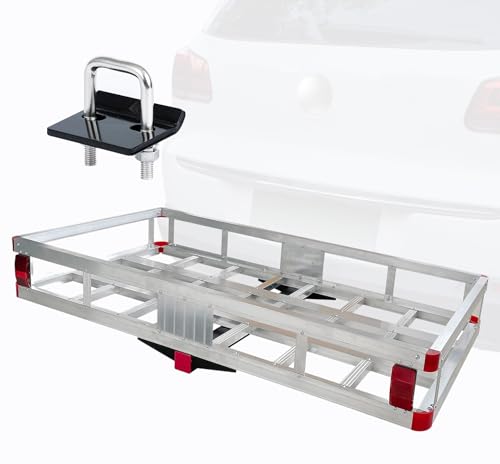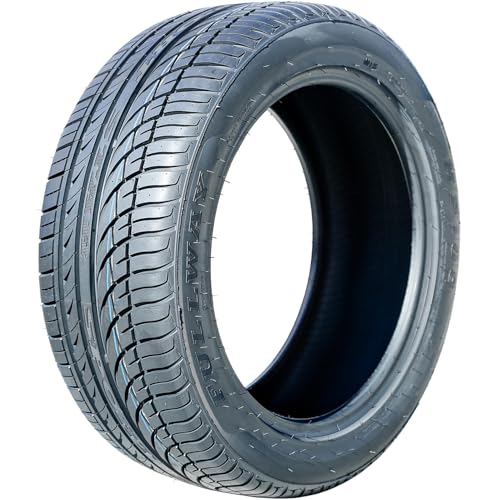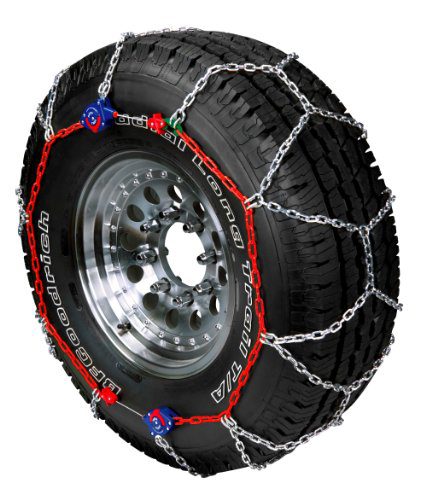How Do Car Seat Heaters Work: Unveiling the Warmth Secrets
Car seat heaters use electric elements to warm seats. These elements are embedded in the seat cushions.
When turned on, they generate heat, providing comfort on cold days. Car seat heaters have become a staple in modern vehicles. They offer warmth and comfort during chilly mornings and cold winter drives. Understanding how they work can enhance your appreciation for this feature.
It involves a simple yet effective mechanism. Small heating elements are installed beneath the seat’s upholstery. These elements connect to the car’s electrical system. With the flick of a switch, they heat up, warming the seat surface. It’s a straightforward technology that makes a big difference in comfort. Knowing how it operates can also aid in troubleshooting any issues. Plus, it’s fascinating to see how such a small component enhances the driving experience.
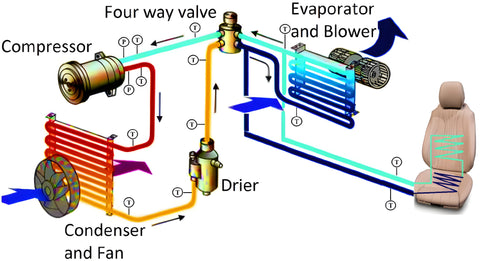
Credit: www.oemcarandtruckseats.com
Introduction To Car Seat Heaters
Car seat heaters bring warmth in cold weather. They are now in many cars. These heaters use electricity to warm seats. Wires inside the seat make them warm. Drivers and passengers feel comfortable and cozy. Modern cars often have these heaters as a standard feature.
History Of Seat Heaters
Seat heaters have an interesting past. First, they appeared in the 1960s. Saab was one of the first car brands to use them. At first, they were a luxury feature. Only a few cars had them. Over time, more brands added seat heaters to cars. They became more common and affordable.
Popularity In Modern Vehicles
Today, seat heaters are in many vehicles. They are popular in cold climates. They provide comfort and warmth during winter. Many drivers prefer cars with seat heaters. They are often part of premium packages. Some cars even have adjustable settings for seat heaters. This lets users choose their desired warmth level.
Basic Components
Car seat heaters have thin wires inside the seat. These wires are called heating elements. They are made of special materials. These materials can get warm quickly. The wires are safe and do not burn the seat. They make your seat feel warm and cozy.
The seat has a control system that adjusts heat. You can use buttons or a dial. This lets you choose how warm you want the seat. Some cars have high, medium, and low settings. The control system is simple and easy to use. It makes the seat heater work smoothly.
Types Of Seat Heaters
Electric seat heaters are very common in cars today. They use electricity to warm the seat. A thin heating element is placed inside the seat. When the heater is on, electric current flows through the element. This makes the seat warm. There is a switch to control the heat level. The driver can choose how warm they want the seat. Electric heaters are safe and efficient.
Some cars use non-electric seat warmers. These may use chemical reactions to create heat. One example is using a gel pack. The gel warms up when pressed. Another method is using insulated covers. They keep your body heat in the seat. These options do not need electricity. They are a good choice for cars without electric systems.
Mechanism Behind The Heat
Car seat heaters use electric circuits to create warmth. A small wire runs through the seat. This wire is part of the circuit. When you turn on the heater, the circuit completes. Electricity flows through the wire. This flow makes the wire warm. The warmth spreads to the seat. You feel the heat as you sit.
Car seat heaters have controls to change temperature. You can set the heat level. Some heaters have buttons. Others use a dial. The control changes the electricity flow. More flow means hotter seats. Less flow means cooler seats. Safety is important. Most heaters have a limit. This limit prevents overheating. You stay comfortable and safe.
Safety Features
Car seat heaters warm up seats using thin wires that heat when electricity passes through. They provide comfort in cold weather. The heating system is usually controlled by a switch or button. Safety features prevent overheating, ensuring a safe and cozy ride.
Overheat Protection
Car seat heaters come with important safety features. Overheat protection is one of them. It helps keep the seat from getting too hot. This feature ensures the seat stays at a safe temperature. There is a sensor that checks the heat. If the seat gets too warm, the sensor sends a signal. Then, the system lowers the heat to keep you safe.
Automatic Shutoff Systems
Another important feature is the automatic shutoff system. It turns off the heater after a set time. This helps save the car battery. It also stops the seat from staying on too long. These systems work without needing you to do anything. They make sure the heater is used safely. Both features are important for a safe ride.
Installation Process
Factory-installed heaters come with new cars. They are built into the seats during the car’s production. The heaters use wires inside the seat to warm them. These wires are connected to the car’s battery. You can control the temperature with buttons on the dashboard. The system is safe and designed to work with the car’s electrical system.
Aftermarket options are for cars without seat heaters. You can buy kits to add heaters. These kits include heating pads. The pads go under the seat fabric. They connect to the car’s battery using wires. Some kits need professional help for installation. Others are easy to install at home. You can control the heat with switches or dials. They make seats warm and cozy.
Advantages Of Heated Seats
Comfort and Warmth are the main reasons people love heated seats. Cold mornings feel better with a warm seat. Heated seats give a cozy start to your day. They make long drives more pleasant. No more shivers in winter. Your back stays warm and happy. This feature helps keep you comfortable. It’s like sitting by a fire.
Therapeutic Benefits are another reason heated seats are popular. Warmth can relax muscles and reduce aches. Pain from long drives goes away. Heat helps blood flow better. It can ease stiffness in joints. People with back pain find relief. Heated seats are good for tired muscles. They provide soothing warmth on cold days.
Common Issues And Troubleshooting
Car seat heaters use thin wires to produce heat. Common issues include malfunctioning switches or uneven heating. To troubleshoot, check connections and wiring for damage.
Identifying Problems
Car seat heaters can have problems. Sometimes they don’t warm up. Other times, they may get too hot. Wiring issues are a common cause. Broken wires stop the heater from working. Faulty switches also cause problems. A broken switch won’t turn the heater on. Power supply issues can affect the heater too. A blown fuse might be the problem. Checking these parts helps find the issue.
Solutions For Malfunctions
Fixing a car seat heater is possible. First, look at the fuse. Replace it if it’s blown. Next, check the wires. Fix any broken ones. Wires should be connected right. The switch can also break. Replacing a faulty switch might help. If unsure, ask a mechanic. They can fix the heater safely. Always be careful when fixing car parts.
Future Of Car Seat Heating Technology
Car seat heaters warm seats using thin, flexible heating elements. These elements are placed beneath the seat fabric. Electricity passes through the elements, generating heat. This technology ensures comfort during cold weather, offering a cozy and enjoyable driving experience. Future advancements might focus on efficiency and eco-friendly materials.
Innovations In Design
Designs for car seat heaters are getting smarter. Thin materials are used. This makes seats more comfortable. These materials heat up fast. They cool down quickly too. Comfort is the main goal. Engineers focus on safety as well. New designs reduce heat spots. This prevents burns and discomfort.
Integration With Smart Systems
Smart systems now control car seat heaters. Apps can adjust heat levels. They work with car sensors. These sensors detect body temperature. The system changes heat automatically. This saves energy. It helps keep passengers warm. It makes driving more enjoyable.

Credit: www.mosleymotors.com
Frequently Asked Questions
How Does A Car Seat Heater Work?
A car seat heater warms the seat using electric heating elements. These elements are embedded within the seat cushions. When activated, they generate heat, providing comfort to the occupant. The heat level can usually be adjusted via a switch or dial on the vehicle’s console.
Do Seat Heaters Still Work With Seat Covers?
Yes, seat heaters can still work with seat covers. Ensure the covers are compatible and do not block heat distribution.
What Are Heated Seats Powered By?
Heated seats are powered by the vehicle’s electrical system. They use heating elements to generate warmth. Energy from the car battery activates these elements. A switch allows users to control the temperature. This comfort feature enhances driving experience, especially in cold weather.
How Does A Car Seat Cooler Work?
A car seat cooler circulates air using fans to reduce seat temperature. It prevents heat buildup, ensuring comfort during hot weather. Powered by a vehicle’s electrical system, it’s easy to install and enhances driving experience by keeping seats cool and sweat-free.
Conclusion
Car seat heaters offer comfort during cold months. They function using electricity. Thin wires inside the seat produce heat. You control them with switches or buttons. Some cars have adjustable settings. This allows you to choose your preferred warmth. Installing aftermarket heaters is possible too.
They enhance your driving experience. Safety is also a priority. Modern heaters are designed to prevent overheating. Remember to use them responsibly. They provide warmth, not a sauna. Knowing how they work helps you use them wisely. Enjoy a cozy ride this winter with your car seat heater.

